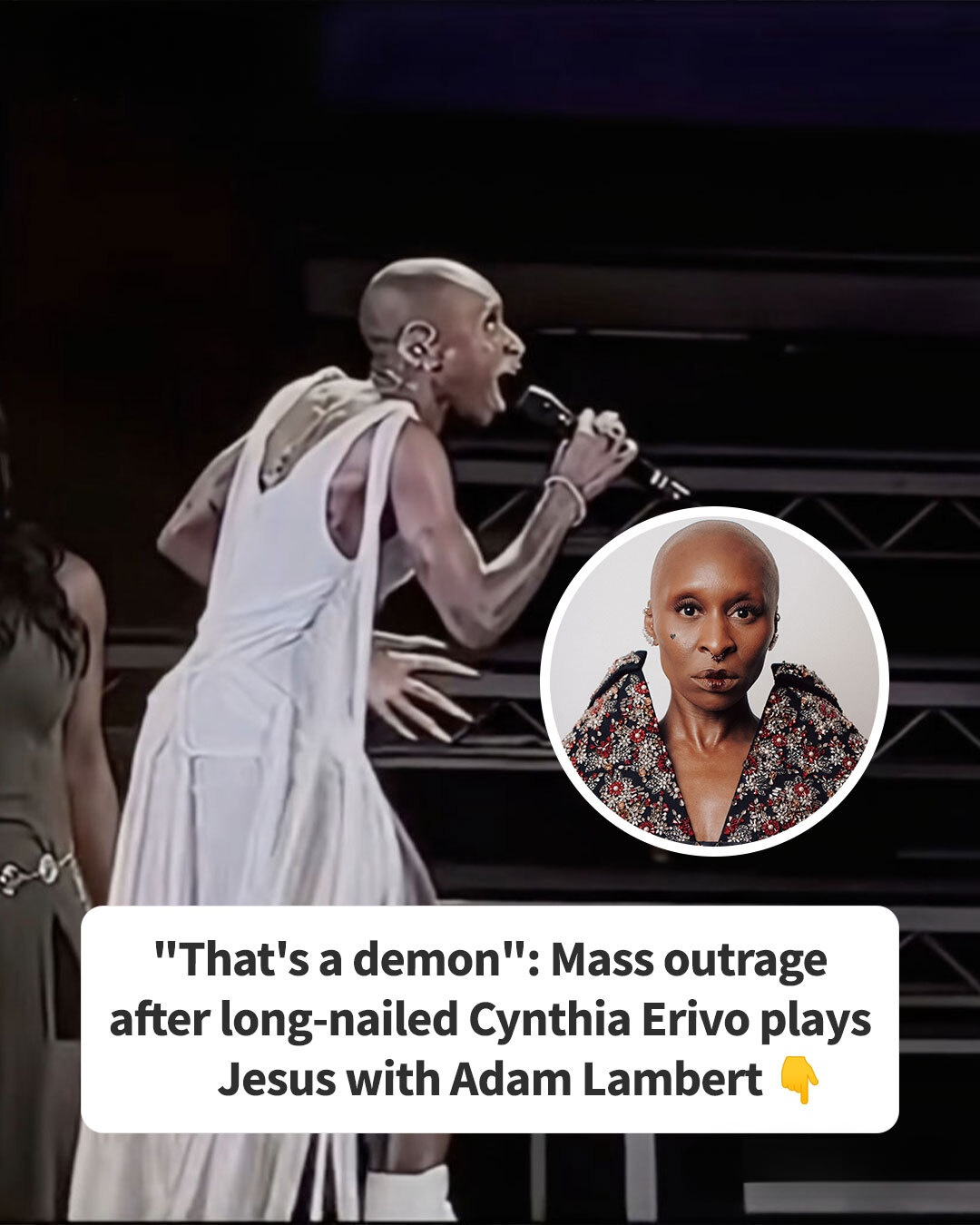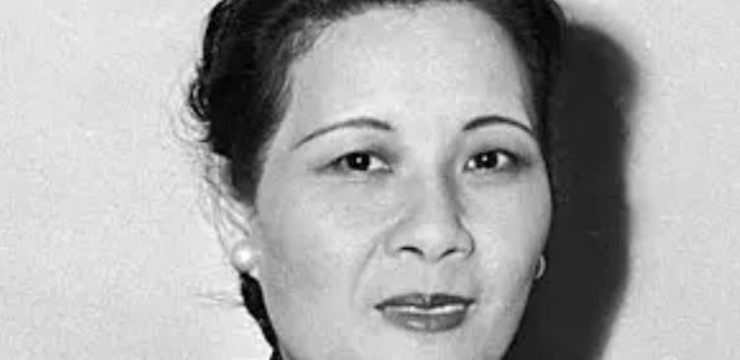Cynthia Erivo’s portrayal of Jesus Christ in the Hollywood Bowl’s revival of Jesus Christ Superstar has shifted from being a divisive casting choice to the center of an intense public backlash after clips from her August 1–3 performances went viral over the weekend. The footage, which quickly amassed more than two million views, shows Erivo dressed in a torn white gown with claw-like acrylic nails, performing opposite Adam Lambert in what the Bowl’s official site described as a “return to the rock roots” of the iconic musical.

For many viewers, however, it was anything but a nostalgic revival; some called it a tired and elitist provocation from Hollywood, with one social media user quipping, “This is supposed to be Jesus Christ Superstar, not Bride of Frankenstein.” Comments flooded in describing her appearance as “eerie,” “frightening,” and “unholy,” with one blunt viewer declaring, “That is a f***ing demon.” The staging, directed by Sergio Trujillo with music direction by Stephen Oremus, featured fiery backdrops, dramatic lighting, and costuming choices that blurred the line between Erivo herself and the character of Jesus—an approach critics argued diminished the show’s spiritual core. Ticket prices, ranging from $400 to $1,270, only fueled perceptions that the production catered to an exclusive audience out of touch with the broader public.
Since her casting was announced in February, detractors have questioned whether selecting an A-list actress to play the Son of God was a genuine artistic decision or a calculated political statement. Some online commentators compared it to past controversies, pointing out perceived double standards—suggesting that mocking an entire religion draws little backlash while other forms of cultural insensitivity are swiftly condemned. Several critics called the casting a politically motivated stunt, with one asserting, “In reverse, it would be cultural and gender appropriation. Hollywood should be ashamed.” Others focused on Erivo’s appearance, framing it as part of a larger entertainment and fashion industry trend toward androgyny and a deliberate rejection of traditional femininity.
Erivo’s public image, shaped not only by her acclaimed performances in productions such as Disney’s Wicked but also by offstage incidents, added fuel to the criticism. Reports of her dismissing fellow auditioners and reacting negatively to fan edits have contributed to perceptions of her as elitist and self-victimizing, with one commenter asking rhetorically how someone at the peak of their profession could convincingly maintain a perpetual victim narrative while enjoying significant fame and financial success. For some longtime fans of the musical, her decision to take on the role of Jesus—often viewed as the ultimate symbol of humility—felt like an intentional provocation, prompting remarks such as, “My all-time favorite musical, ruined. Disgusting choice,” and complaints that politics had once again been injected into an artistic work.
This was not Erivo’s first time involved with Jesus Christ Superstar; in 2020, she played Mary Magdalene in an all-female adaptation of the musical alongside singer Morgan James as Jesus, a project marketed as a celebration of women’s artistic talent. The role of Jesus itself has a history of reinterpretation, with John Legend famously playing the part in NBC’s 2018 live television version. Erivo has linked her portrayal of Jesus to her role as Elphaba in Wicked, stating that both characters reflect “the struggles of being a Black woman when nobody wants you there.” She described Elphaba’s green skin as representing the “ultimate other,” a metaphor not just for queerness in the sense of sexual identity but for anyone who feels out of place in society. In interviews, she has said, “It’s a conversation about racism, but it’s also a conversation about anyone who’s been othered.
It’s a conversation about queerness.” To her supporters, this framing casts the production as an inclusive and socially relevant reimagining. To her detractors, it validates their belief that the casting decision was driven more by political ideology than by the integrity of the original story. Adam Lambert’s performance as Judas brought his own distinct style to the stage, but it did little to blunt criticism of the overall casting and presentation. Many critics still viewed the Hollywood Bowl run as symbolic of an entertainment industry increasingly disconnected from the audiences it claims to serve.
As the discussion continues, one fact is undeniable—Erivo’s performance has become one of the most talked-about theatrical events of the year, not just for its artistic choices but for what it reveals about the deep cultural divide over religion, representation, and creative boundaries. Whether praised as a daring reimagining or dismissed as a needless provocation, this revival has accomplished one of art’s most enduring purposes: to provoke strong reactions, spark debate, and challenge audiences to confront where they stand on the intersection of tradition, innovation, and identity.





